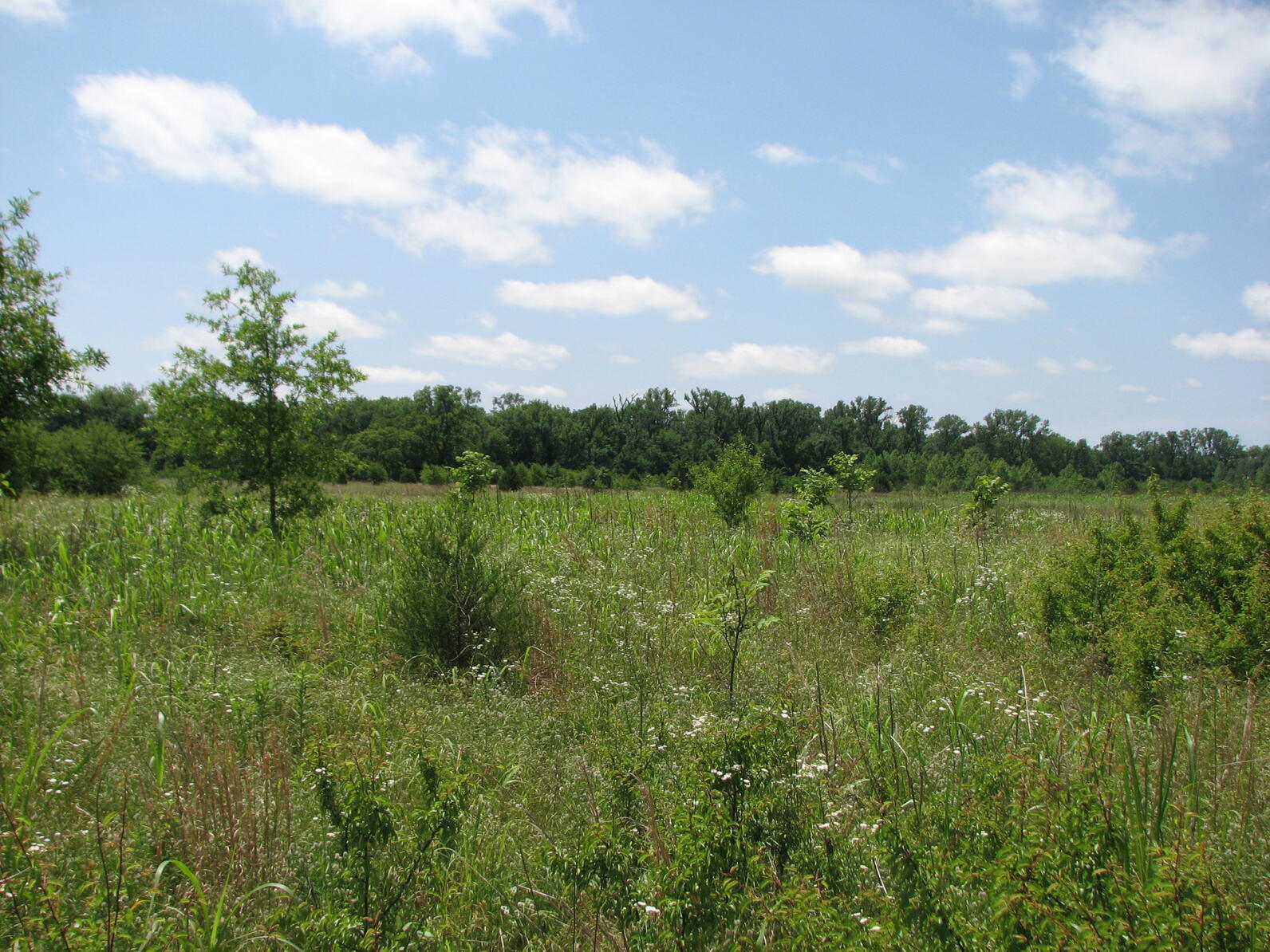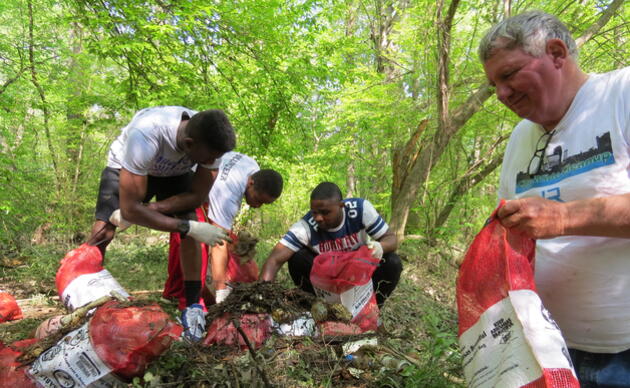
High on the list of birding locations is a hopping hotspot, Holla Bend National Wildlife Refuge. Wildlife watchers know it as a place to reliably see multiple Bald Eagles in a day. Birders know it for much more. Golden Eagle is the most reliable of the list of rare raptors that includes Swainson’s Hawk, Ferruginous Hawk, Rough-legged Hawk, Merlin, and Prairie Falcon. Long-eared Owls, once regular, have not been recorded in over a decade, but Short-eared Owls still haunt the grasslands during many winters.
Site Description:
Holla Bend lies along the Arkansas River and is bounded by an old oxbow that was created when the Army Corps of Engineers cut a channel through a bend in the river to promote navigation and flood control. The oxbow, hardwood forests, grasslands, shrub-scrub, and agricultural fields provide recreational opportunities for hunters and birders alike. In 2003, Audubon Arkansas recognized the refuge as an Important Bird Area because it consistently harbors significant numbers of waterfowl, raptors, grassland birds, and Neotropical migrants of conservation concern. In 2008 it was recognized as a Global IBA for its population of a globally threatened species, the Rusty Blackbird.
Ornithological Summary:
Besides a healthy raptor population, Holla Bend routinely hosts at least 15 waterfowl species in winter. The most recent waterbird to make a splash is the Trumpeter Swan. A flock of 13 birds was introduced in January 2008 to seed a new wintering population. A year later, seven collared birds have returned, bringing with them two unmarked individuals and two Tundra Swans. Besides Short-eared Owls, a walk through the grasslands may yield multiple Sedge Wrens, Le Conte’s Sparrows, and a variety of other sparrow species. While the IBA is birded most often in winter, migration seasons can pay off with a slew of songbirds and a smattering of shorebirds.
Conservation Issues:
Portions of the refuge’s shrubby and grassy areas have been placed in carbon sequestration contracts, i.e. trees were planted; eventually they will mature into forest. While Holla Bend’s forested areas provide habitat for birds, the diversity and abundance of birds, especially birds of conservation concern, are not as high in the forested areas as is in the open areas. Ideally, large, contiguous blocks of grassy and shrubby areas should be maintained through a combination of controlled burns, selective cutting, and herbicides. However, on the whole, the refuge is well maintained for wildlife and wildlife watchers. The latter will notice new signs and a new observation tower (the former probably don’t care).
How you can help, right now
Be a voice for birds
Join our Advocacy Team to receive action alerts about legislation and policy when Audubon Delta's birds need your voice.
Join Our Flock
Signing up is the best way to keep up with Audubon's latest news, programs and initiatives.




